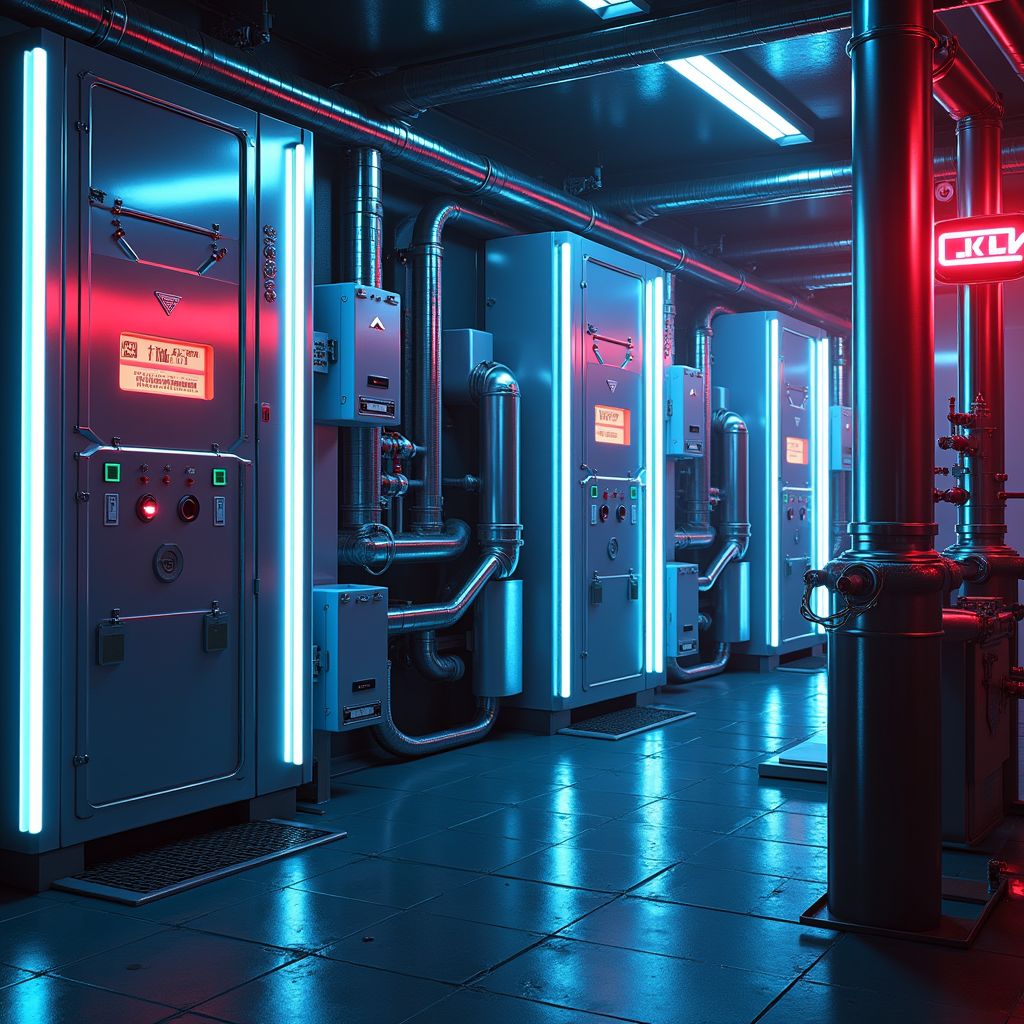Proton Exchange Membrane Electrolysis: A Green Hydrogen Game-Changer

London, Monday, 17 November 2025.
Recent research highlights the pivotal role of proton exchange membrane (PEM) electrolysis in green hydrogen production. This tech promises efficient, sustainable hydrogen on a large scale, essential for decarbonisation.
PEM Electrolysis: A Leap in Green Hydrogen
Proton exchange membrane (PEM) electrolysis is spearheading the move towards sustainable hydrogen production. It offers an efficient alternative to traditional methods by reducing greenhouse gas emissions significantly. This technology is pivotal for industries aiming to decarbonise, as it facilitates large-scale hydrogen production with enhanced efficiency [1].
Material Challenges and Innovations
One challenge that PEM electrolysis faces is the limited supply of iridium, a critical component. The current research suggests a substantial reduction in iridium usage by up to 97% by 2050 to meet demand without supply constraints. This reduction could decrease greenhouse gas emissions by 65%, thanks to lower primary material requirements [1].
Comparisons and Competitiveness
When compared to other hydrogen production methods, PEM electrolysis stands out due to its low lifecycle emissions. For instance, wastewater electrolysis, although promising, is still in early testing stages with its own set of challenges, like handling contaminants [2]. Meanwhile, PEM technology is already proving its mettle in industrial applications [3].
Future Prospects and Industry Adoption
Industries are increasingly turning to PEM electrolysis for its reliability and environmental benefits. As we innovate and improve material efficiency, such as reducing platinum group metal requirements, the technology’s adoption is expected to grow. It’s not just about reducing emissions; it’s about creating a circular economy that optimises resource use [1][3].
The Road Ahead
PEM electrolysis is not just a technological advancement; it’s a step towards a cleaner, greener future. With ongoing research addressing material limitations and enhancing efficiency, the potential for PEM technology is immense. It’s an exciting time for renewable energy enthusiasts, with PEM electrolysis paving the way for significant environmental impacts [1][3].